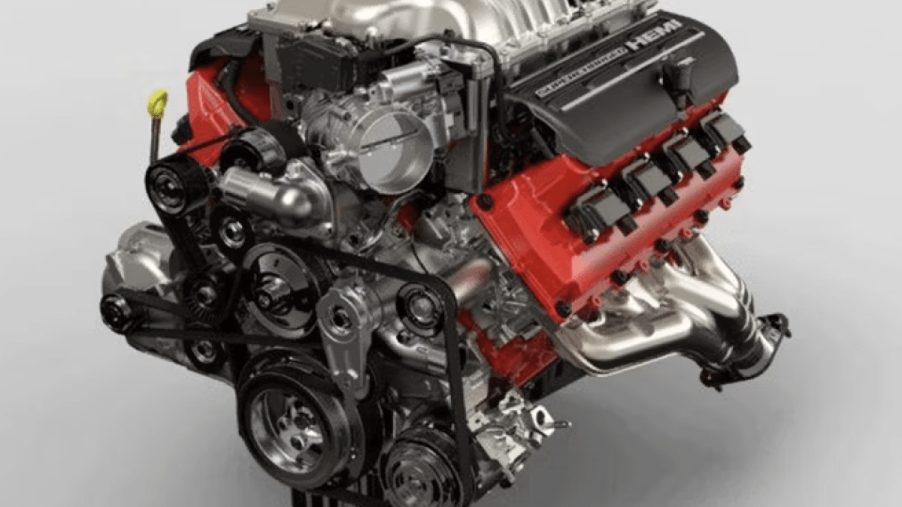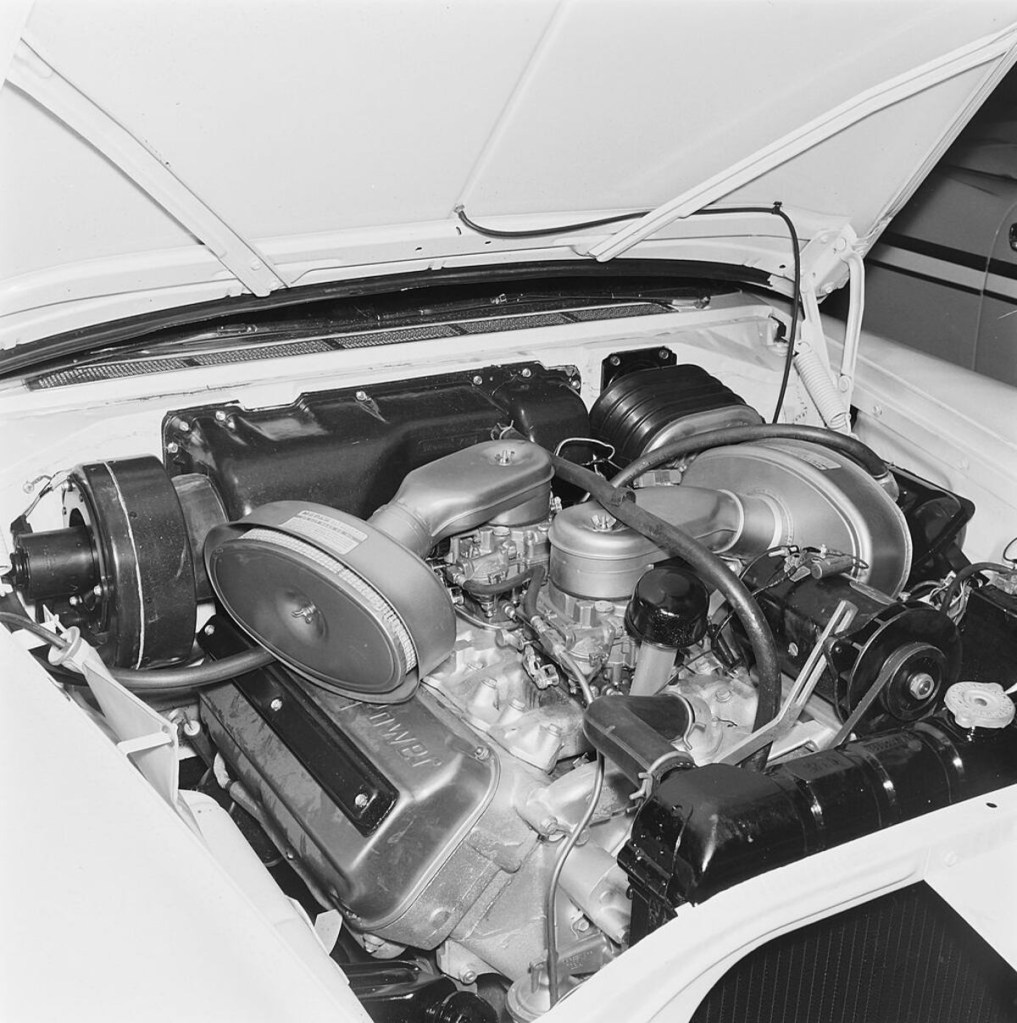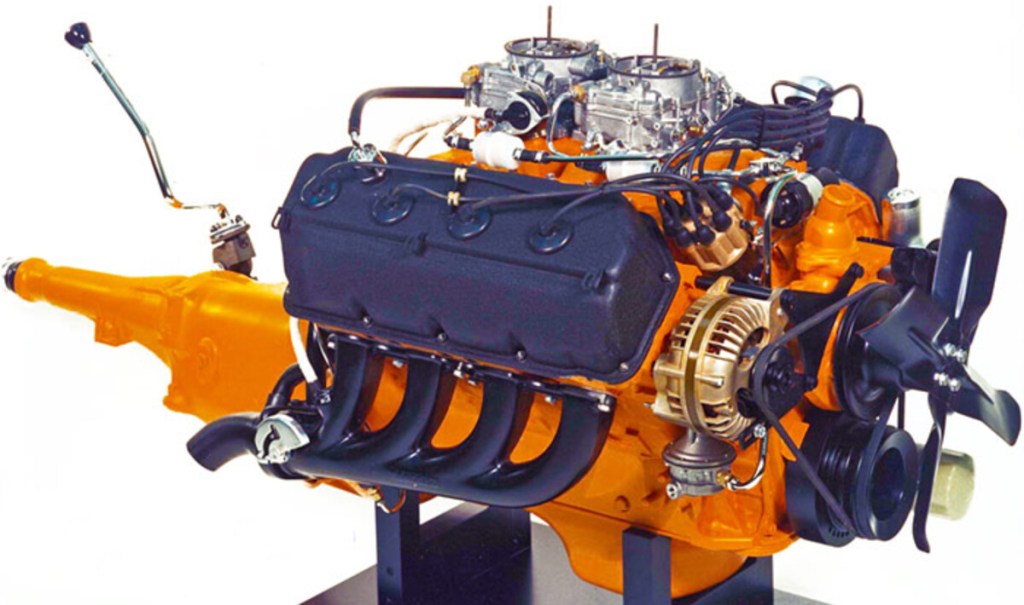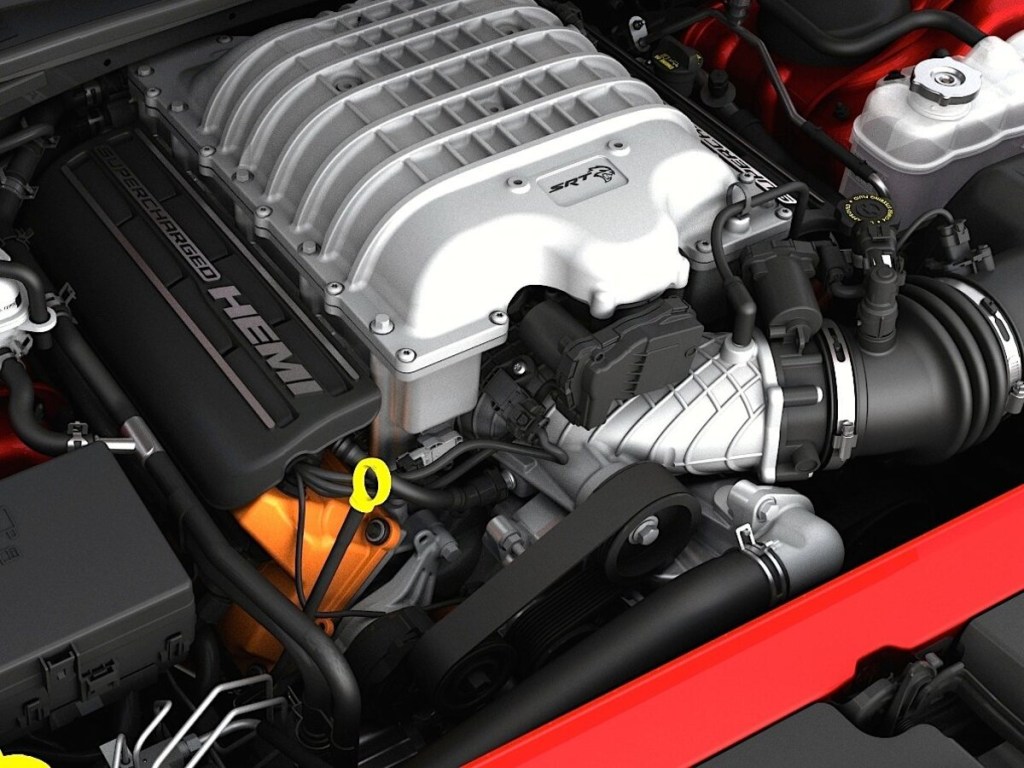
Stellantis Is Killing the Hemi V8 Engine: What Made It So Special?
As the electric zeitgeist continues, many ICE engines are coming to their final days. Arguably, the biggest name, the ubiquitous Hemi V8 engine, will end production next year. The name Hemi has a mythical reputation, especially among performance enthusiasts. So, what made and makes it so special?
When it came out in 1951, it was one of many new overhead V8 engines coming on the scene. Any V8 was a revelation, having come from the era of mostly straight six- and eight-cylinder engines, with the exception of Ford’s flathead V8. But the thing distinguishing the Hemi V8 from the rest was how its values were arranged.
What made the early Chrysler Hemi V8 engines special?

By having a spark close to the center of the combustion chamber, it more thoroughly ignited the air/fuel mix while using less heat. More complete combustion and less heat meant more power. And because of how the valves were arranged, they could be larger. The advantage is to pass more of the air/fuel mixture and exhaust it faster.
Chrysler Corporation had the largest physical and cubic inch Hemi of its barn mates, Dodge and Desoto. It kept increasing cubic inches with combinations of increasing stroke for more swing and taller decks for more piston travel.
Why did Chrysler Corporation kill the first Hemi?

1958 was the last year of the original Chrysler Hemi, achieving 392 cubic inches for 380 hp and 435 lb-ft of torque. That’s the other thing that set the Hemi apart: torque. The Hemi went into hibernation for a few years until a revised Hemi based on the 426 wedge block arrived in 1966. This was the culmination of the production Hemi, with a pavement-thumping 425 hp and 490 lb-ft of torque.
For decades, enthusiasts have maintained, and dyno results confirm that those 426 Hemi performance figures are purposely low. That’s because insurance companies were becoming more predominant in increasing rates for higher horsepower cars. And the federal government was also beginning to mandate emissions. Both of these were essentially responsible for killing off the Hemi in 1971 and really the muscle car genre by about 1974.
We should also say that since 1951, the Hemi engine was a more expensive engine to manufacture, according to EngineLabs. That’s one reason why Chrysler went with long ram big-block wedge engines between the two Hemis. Those were also great and unusual engines we’ll cover in the future.
Is the modern 5.7-liter Hemi really a Hemi engine?

Jumping ahead to the more recent Hemi V8, we look at 2003. That’s when Dodge made the switch to its 5.7-liter Hemi for Ram pickups. And Chrysler was readying its new rear-wheel drive sedans for the next year, doing a complete reversal of its cab-forward front-wheel drive predecessors. Initially, with 395 hp and 410 lb-ft of torque, what eventually became parent company Stellantis did several more serious versions, including the infamous 797 hp 6.2-liter Hellcat and 807 hp Redeye.
This really is a true Hemi engine. The arrangement of the valves and the chamber’s hemispherical shape is proof of that. Some say it’s more like a “semi-hemi” because of some extra material on one side of each chamber. But it has shown through its 20-plus years it is every bit as stout as its predecessors.



